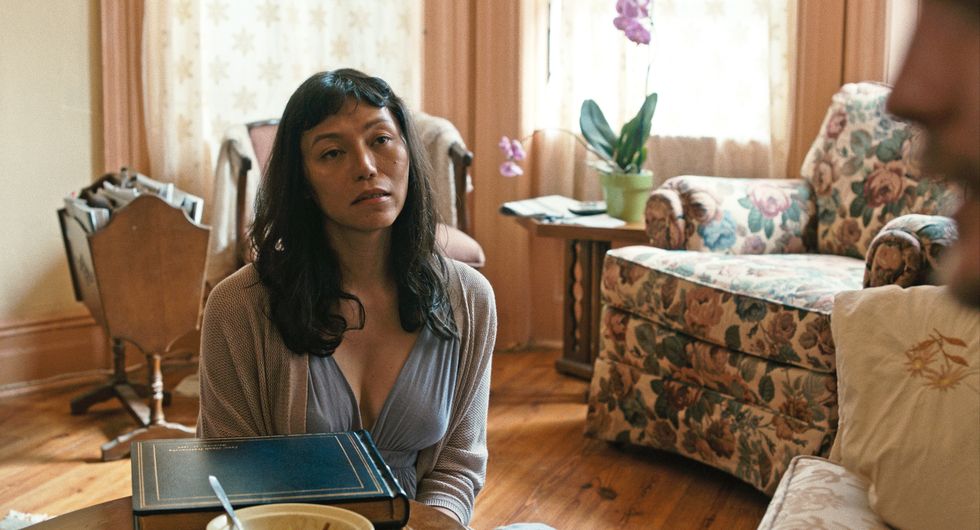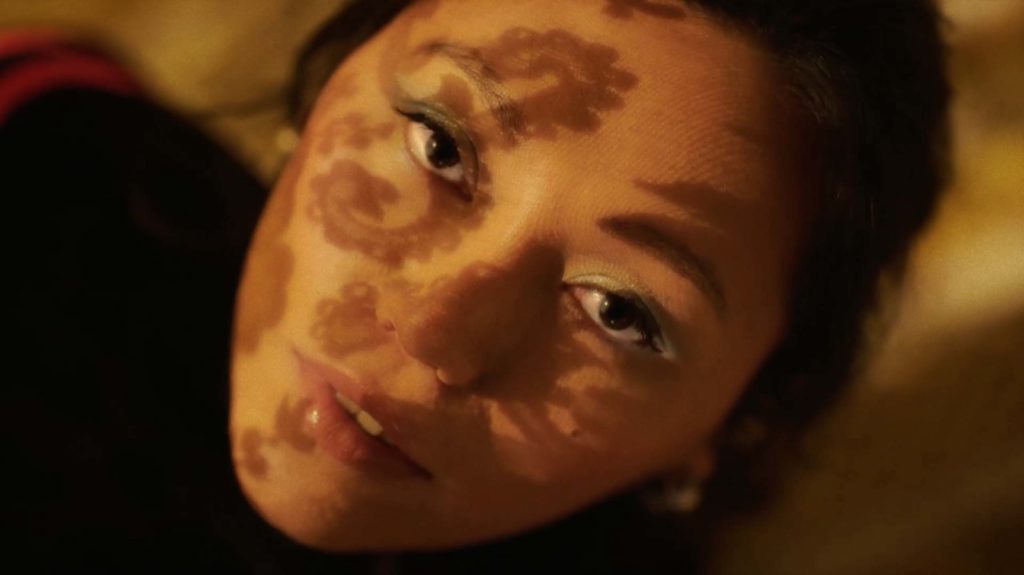Mindfulness gurus tell us to stay in the moment. But this particular moment is fraught. With a rapidly mutating virus, social isolation and geopolitical upheaval, who hasn’t made fantasy and escape an essential part of their self-care?
Years before COVID, I navigated another period freighted with its own set of anxieties—adolescence as a gay Filipino American in suburban New Jersey. I couldn’t have gotten through it without the artistry of a half dozen women who throttled my imagination with flat-out fabulosity: Maria Callas, Sade, Annie Lennox, Grace Jones, Leontyne Price, Donna Summer. They were not afraid to make noise or take up space. They, or at least the personae they projected, took status at the margins of race, gender or beauty, exploded it with invention, style and skill, and turned the pain of outsidership on its head. With inner lives and outward expression this thrilling, who would want to be ordinary?
In life and art, the same could be said for rising star director and actress Isabel Sandoval—like me, Filipina American and queer (in her case, trans). This month, Sandoval, who in 2019 became the first transgender woman of colour to debut a feature at the Venice Film Festival as a director, is unveiling Shangri-La, her contribution to Miu Miu’s decade-long showcase of female directors, Women’s Tales.

In the erotically charged Shangri-La, an unnamed Filipina migrant worker in 1930s California grapples with the intense desire she feels for a handsome fellow labourer. She can’t act openly on her feelings because they’re illegal—California criminalised relations between people of different races from 1850 to 1948. In nine lyrical minutes, Sandoval, who plays the central character, charts the role a vivid imagination plays in buttressing the sanity of a person so walled off from her humanity. Veering from the muted earth tones of her everyday life to the scattered technicolour starbursts of her envisioned one, Sandoval morphs from someone who might attract little notice into a series of mythic figures, clad, of course, in the paillettes, bugle beads and luscious jewel tones of Miu Miu.
“I have an ambivalent relationship with fashion,” admits Sandoval via Zoom from Yaddo, the venerable upstate New York writers’ and artists’ colony where she is on a month-long residency. “It can be frivolous and there are a lot of big problems in the world.” But she saw in the requirement to use Miu Miu’s clothing an opportunity “to evoke contradictory emotions—wistful, melancholic, something with gravitas and true emotional heft.”

In getting the Miu Miu assignment, Sandoval found herself in revered company. The series’ first directors, Zoe Cassavetes and Lucrecia Martel, applied bracing auteur sensibilities to the basic fashion-film formula: parade models in fabulous clothes through visually arresting situations; recognisable story arc not required. Soon, directors invited to participate in the series, including Ava DuVernay, Agnès Varda, Miranda July and Mati Diop, stretched the opportunity quite beyond formula, eschewing models, casting promising up-and-coming actors, name talent (in DuVernay’s case, Gabrielle Union and Alfre Woodard) or even a family member (Diop’s grandmother) in stories with emotional impact and imaginative whimsy.
For Shangri-La, Sandoval had a starting-off point. “I was mesmerised by that scene from The Immigrant with Marion Cotillard in a church confessional, in which the wall around her has fallen away,” Sandoval says. It’s a moment of truth for a woman with a hardscrabble life, like the woman at the centre of Shangri-La. And just like that protagonist, Shangri-La faced its own set of challenges. Because of COVID-19, the production would have to adhere to strict protocols. Sandoval decided to shoot everything in the controlled environment of a studio, including the exterior scenes. But she says the confinement inspired “a more intimate cinema, with more close-ups of faces and bodies, more sensuality.”
“She continues to be a disempowered, marginalised woman. But privately and internally, she’s learned to appreciate herself and her worth and dignity and value as a person.”
Sandoval, who grew up in the Philippines, got her MBA at New York University and initially worked in New York City in marketing and brand management, has been making feature films for a decade. Her first two features, Señorita (2011) and Aparisyon (2012), both shot in the Philippines, received festival and awards recognition and critical acclaim. Her third feature, Lingua Franca (2019), in which she also starred, was shot in Brooklyn and won her global attention. Since its worldwide debut at Venice, Lingua Franca has been included in several “best of” lists, won praise in Cahiers du Cinéma and a commercially successful theatrical release in France followed by international distribution through Ava DuVernay’s Array and Netflix.

Like Shangri-La, Lingua Franca centres a Filipina of humble circumstances—in this case, a home health care aide (also played by Sandoval) in present-day Brooklyn, navigating the perils of being undocumented and transgender in Trump’s America, compounded by her burgeoning feelings for the grandson of her employer. There is another continuity between the two films: Sandoval resists obvious outcomes, partly because she won’t completely gloss over lived reality. “She continues to be a disempowered, marginalised woman,” she says of the unnamed central character in Shangri-La. “But privately and internally, she’s learned to appreciate herself and her worth and dignity and value as a person.”

Sandoval says Shangri-La represents “me continuing to take bolder risks, having more confidence to create my own world and my own sensibility.” In mood and style, Shangri-La also gave Sandoval the opportunity to test out some ideas she has for the feature film she is currently scripting at Yaddo, Tropical Gothic, including the use of “haunting and atmospheric horror to convey desire.” Set in the 16th century Philippines just after the onset of Spanish rule, a native priestess (babaylan in Tagalog) becomes dispossessed of her property and farmland. The heroine goes to a conquistador determined to manipulate him psychologically and emotionally to get back her land.

With echoes of Vertigo, Tropical Gothic’s logline of romantic obsession turns the power dynamic and story of racist imperialism on its head. It’s a stirring premise and a tall order. Sandoval says the directors she admires the most, like Chantal Akerman, Lino Brocka and Alain Resnais, “become who they are because they have the audacity to create their own world and its own codes and ways of living. They make their own rules.” In Sandoval’s world, just like the icons of my adolescence, the dispossessed have agency, the overlooked and invisible become stars.
Shangri-La premieres tonight at 12am. Watch below, or on Miu Miu’s YouTube channel.





